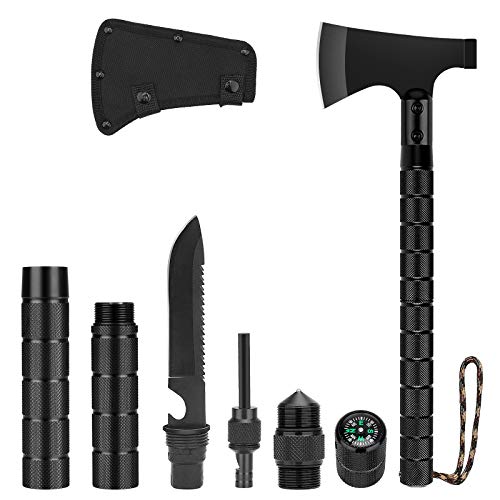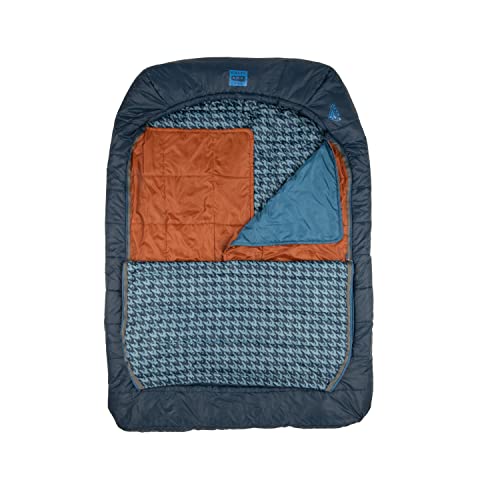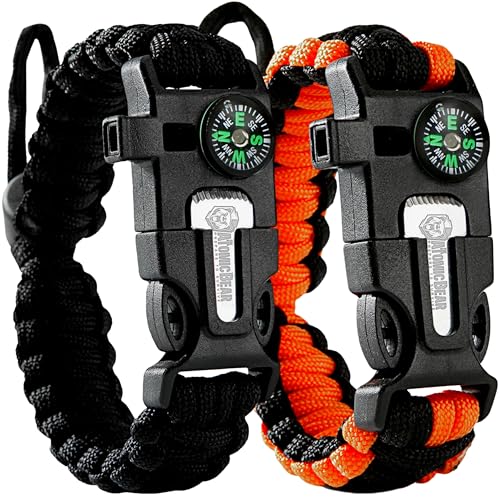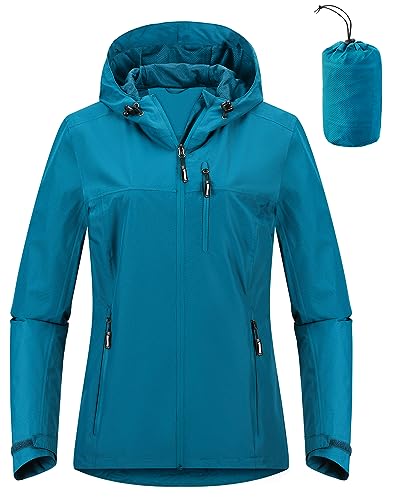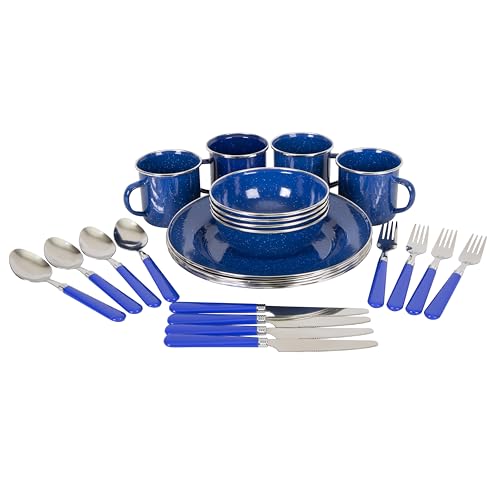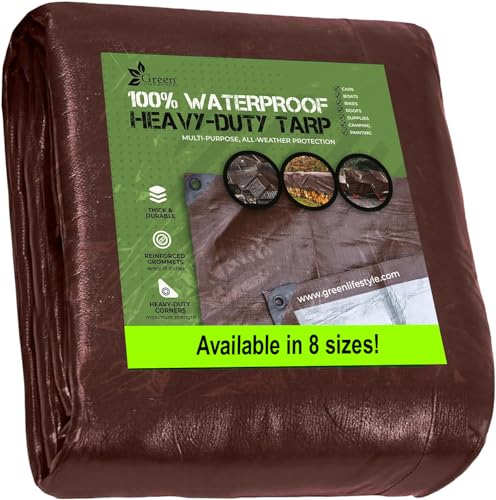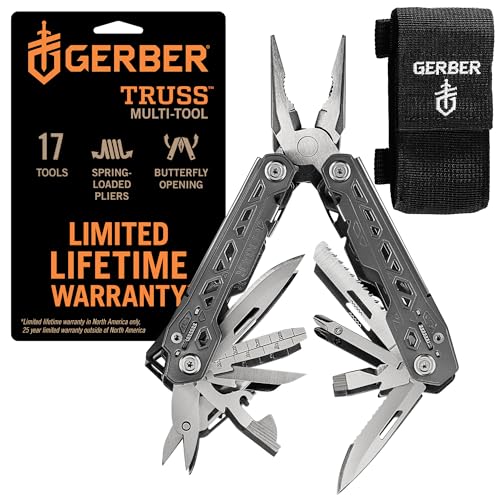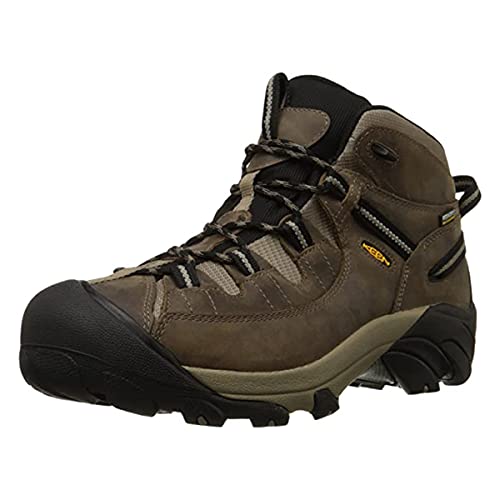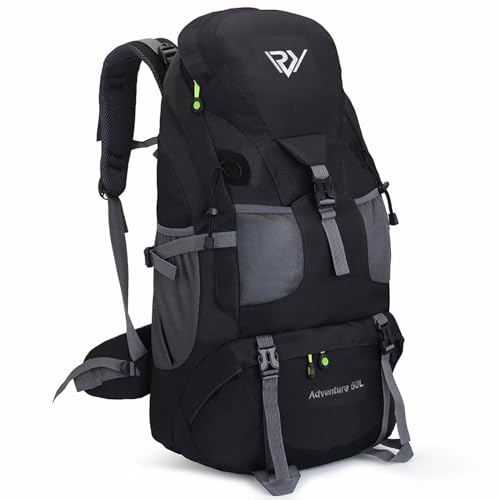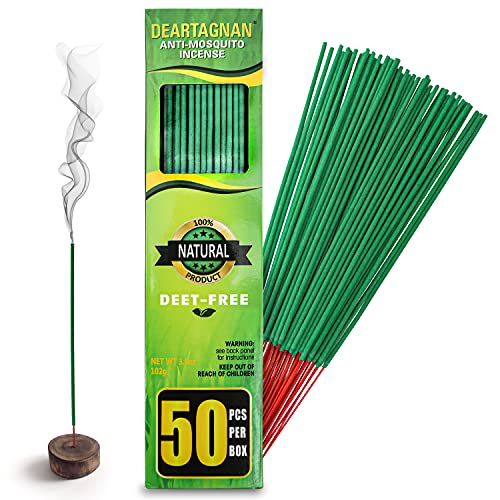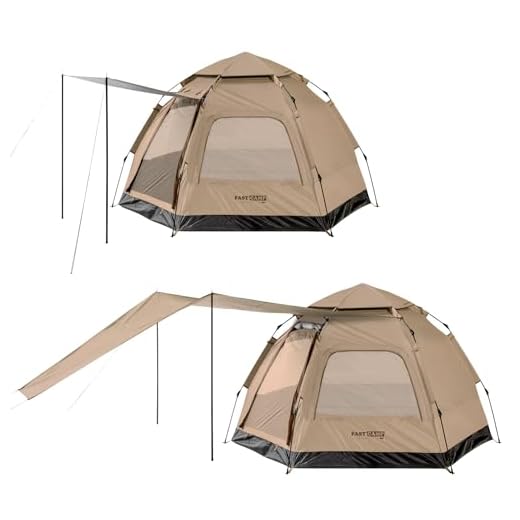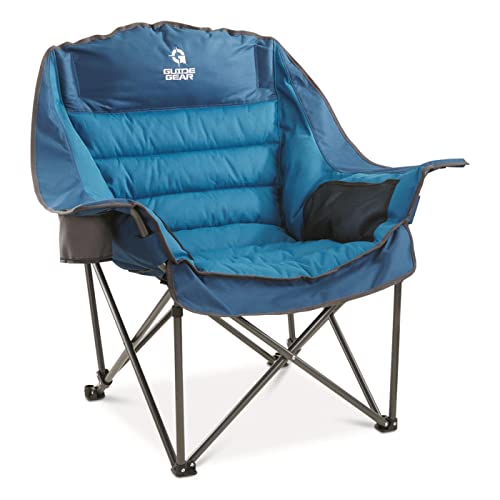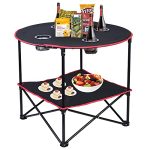In the world of outdoor gear, few tools are as iconic and versatile as the survival axe multi-tool. Traditionally valued for its ability to chop wood, clear paths, and prepare firewood, this rugged companion is a formidable asset in any adventurer’s toolkit. But what if I told you that this hammerhead-honed wonder offers much more than just the basics? As outdoor enthusiasts know, every tool is only as good as the imagination behind it.
Whether you’re setting off into dense forests or navigating remote mountains, versatility can make all the difference in your survival experience. Picture yourself crafting a sturdy shelter from fallen branches or whipping up a gourmet meal over an open flame—all with a single tool by your side. Exploring these unconventional uses not only enhances your skills but also enriches your adventure. Join us on this journey as we unveil seven surprising applications for your survival axe multi-tool that will elevate your outdoor escapades and transform everyday challenges into exciting opportunities!










Crafting a Shelter
When the wilderness calls, one of your first tasks may be to find or create an adequate shelter. That’s where your survival axe multi-tool comes into play! Equipped with a sharp axe head, this versatile tool makes cutting poles and branches a breeze. With just a few skillful swings, you can quickly fell trees and gather the materials needed for constructing your temporary home in no time. Imagine standing beneath towering pines with your axe in hand, envisioning a cozy space to shield you from the elements!
Among the various shelter styles available, two of the most practical options are lean-tos and A-frame shelters. Using your survival axe multi-tool, you can craft a sturdy lean-to by leaning long branches against a tree or support structure on one side while creating a protective covering on top with smaller twigs or leaves. The A-frame design is equally effective, providing stability and protection from wind and rain. The advantages of these configurations extend beyond mere form; they encourage air circulation while also harnessing natural insulation—perfect for those chilly nights under the stars.
However, merely constructing a shelter isn’t enough; securing it properly takes finesse. Once you’ve assembled your structure, look for opportunities to anchor it down using rocks or additional branches lashed together with cordage (like paracord) from your pack. Use smaller sticks to brace any weak points in the roofing material as well; this step will not only enhance durability but also give you peace of mind knowing that you are safeguarded from sudden gusts of wind or unexpected weather changes.
By utilizing your survival axe multi-tool to craft an efficient shelter during outdoor adventures, you’ll foster many memorable experiences surrounded by nature’s beauty while ensuring safety and comfort throughout your excursion. Whether you’re camping for leisure or honing essential skills for preparedness scenarios, mastering the art of shelter-building is undeniably rewarding—and it’s just one among countless uses waiting at your fingertips!










Preparing Food in the Wild
When it comes to surviving in the great outdoors, preparing food is a vital survival skill. Your survival axe multi-tool shines when it comes to meal prep, letting you slice through fruits or meats with its razor-sharp knife edge. Imagine coming across wild berries, a fresh catch from a nearby stream, or even an opportunistic small game. With just a few swift strokes of your axe’s blade, you’re not only creating a nutritious meal but also honing your outdoor culinary skills. Consider foraging for items like wild mushrooms and herbs—your axe can help you snip them at their base cleanly without damaging the surrounding plants.
The versatility of your survival axe extends beyond simple food prep; it can be an indispensable tool for processing game caught while out on your adventures. Whether you’re fortunate enough to catch a rabbit or *maybe* you’ve set up some quick traps, the coarse edge of the axe can efficiently split open small game animals for cooking over an open fire. This method allows you to enjoy delicious dishes right off your campfire while minimizing waste—a sustainable practice that enhances the flavorful experience of wilderness cooking.
Furthermore, preparing meals often requires more than just slicing; it involves building up your fire source as well. The multi-tool isn’t just about cutting meat or fruits—it enables you to create tinder and kindling by processing dried grasses or bark found around you. Use the chopping edge to break down these materials into smaller pieces that ignite easily when it’s time for dinner! Combining knowledge of fire-starting techniques with this handy tool makes every outdoor eating experience both delicious and exciting.
In essence, using your survival axe multi-tool in food preparation empowers you not merely to sustain yourself but also encourages creativity in how you cook and eat outdoors. It turns routine tasks into opportunities for adventure and exploration—each bite becomes part of an unforgettable story woven amidst nature’s backdrop.










Making Fishing Traps
When you’re out in the wild and looking to supplement your food supply, crafting an effective fish trap can be a game-changer. Your survival axe multi-tool is not just for chopping; it can also shape wood and create intricate traps designed to catch fish with minimal effort. By carefully using the precision tools embedded in your axe, you can carve sticks into stakes and frame structures that will function as snares or funnels, luring in unsuspecting fish while you focus on other survival tasks. Understanding basic designs—such as the funnel trap or trotline—can enhance your fishing success significantly.
Placement of your trap is just as crucial as its design. To increase your chances of a good catch, look for areas where water flows gently and there are natural obstacles like rocks or fallen branches. These locations often serve as pathways for fish, guiding them into your well-placed trap. Employing proper camouflage can further ensure that these traps go unnoticed by both the fish and onlookers who may stumble upon your setup. Use nearby foliage to blend in the structure with its surroundings, making it appear innocuous while serving its purpose effectively.
While setting up fishing traps can yield delicious results, it’s imperative to stay informed about local fishing regulations regarding trapping practices. Many regions have strict rules concerning species retention limits, prohibited times of year for certain types of fishing methods, and requirements regarding the size of traps. Ignoring these regulations may lead to fines or worsen tensions between outdoor enthusiasts and conservation efforts. So before you craft those clever contraptions with your multi-tool, research local guidelines to ensure you’re fishing responsibly—and confidently—while out in nature’s embrace.










Whittling Tools and Utensils
When you’re out in the wild, the art of whittling transforms everyday materials into practical tools and utensils that enhance your outdoor experience. Imagine finding a suitable branch on the forest floor and envisioning it as a beautifully carved spoon or fork that will be perfect for enjoying your well-earned meal by the campfire. With your survival axe multi-tool at hand, you have everything needed to turn that vision into reality. The versatility of this tool allows you to not only carve but also shape and refine wood, making it an indispensable item when crafting personalized gear amidst nature.
To get started with your whittling project, safety is paramount. Always cut away from your body while holding the wood securely—this helps prevent accidents while giving you better control over each movement. Begin by using the sharp knife edge of your multi-tool to create rough shapes; then gradually refine them with smoother strokes. A fine tip for new whittlers is to practice on softer woods like pine or cedar, as they are easier to work with compared to denser varieties like oak. Developing these skills can lead not only to functional items but a meditative connection with nature as you witness your creations come to life.
Crafting utensils has its advantages beyond mere practicality; it infuses personal flair into your camping gear. Each piece reflects individual creativity, whether it’s a uniquely shaped spatula crafted for cooking fish or a smooth-edged bowl designed for sipping warm stew after a long day of hiking. Moreover, handmade tools can often feel more fitting in the hands than mass-produced alternatives—this sense of ownership can deepen your appreciation for both craft and wilderness survival tactics. Additionally, making utensils allows you to recycle found natural materials instead of carrying disposable items into nature that contribute to waste.
Embracing this DIY approach offers an adventure all its own—the thrill lies not just in creating necessities but also reconnecting with traditional skills honorably linked with human survival. Whittling elevates the art of preparing meals in nature by letting you personalize every aspect—from cutting ingredients down to savoring soup from handcrafted spoons around flickering fireside light. So gather some sticks next time you’re outdoors, unleash your creative spirit, and let those skilled hands transform simple materials into cherished keepsakes of your outdoor journey!










Emergency Signaling Device
When venturing into the wild, it’s not just your survival skills that matter, but also your ability to signal for help when things go awry. Your survival axe multi-tool can play a pivotal role in communication during emergencies. One easy way to create visual signals is to utilize the reflective surfaces of your multi-tool’s handle. By catching sunlight at the right angle, you can send flash signals over considerable distances—this technique should be part of any outdoor enthusiast’s signaling toolkit. If you’re high on a ridge or near an open field, strategic positioning and movement can draw the attention of searchers when visibility is paramount.
In addition to visual signals, sound can be another lifesaving form of communication. With its sturdy axe head or solid handle, turning your multi-tool into a noise-making device is simple yet effective. By striking the axe blade against a hard surface like rock or wood, you create sharp sounds that can carry across spaces where voices struggle to reach. This method activates the “ping” effect—distinct enough to grab attention from nearby campers or passersby who might otherwise miss less urgent calls for help.
Creating an emergency signaling plan before heading out into nature is crucial for enhancing survival odds. Think about the location you’ll be exploring: are there dense woods that might muffle sounds? Is there open terrain where light signals may scatter? Panel discussions amongst group members beforehand will ensure everyone knows how to use these techniques effectively in case of an emergency situation. Consider practicing these methods even before you embark on your adventure—practice makes perfect and creates confidence when it matters most.
By incorporating your survival axe multi-tool as an emergency signaling ally, you’re not just carrying extra gear; you’re bringing along peace of mind while navigating vast wilderness areas. So whether it’s reflecting sunlight with precision or creating echoes with resounding strikes, rest assured that this trusty tool does more than just chops wood—it could indeed become a lifeline in critical moments!










Firewood Processing Secrets
When it comes to spending time in the great outdoors, having a reliable source of firewood is crucial for warmth and cooking. Your survival axe multi-tool can make wood processing efficient and even enjoyable with the right techniques. Start by selecting logs that are the appropriate size for your needs—aim for pieces that will fit easily in your campfire or stove. Positioning the log on a stable surface, such as a flat rock or fallen tree stump, will allow you to strike safely while maintaining balance.
To split logs into manageable pieces, wield the axe head with precision. Aim for the centerline of the log and apply force using your body weight to drive it downwards. If needed, switch to the saw edge of your multi-tool for finer cuts after splitting larger logs; this versatility allows you to adapt based on the type and size of wood you’re working with. For instance, if you encounter knots or dense wood types like oak—known for its toughness—a few strategic sawing sessions might save you from exhausting efforts trying just to chop through it.
Safety should always be your top priority when processing firewood. Always ensure you’re wearing proper footwear to protect your feet from falling logs, and maintain a clear workspace free of debris or branches that could trip you up. It’s also vital to keep your hands clear of potential hazards—using both hands when swinging your blade can prevent accidents caused by slipping. Surprisingly common injuries happen when people remove their grip prematurely; so remember that patience pays off in keeping you safe as well as successful in acquiring firewood.
Lastly, be mindful of environmental considerations while gathering firewood. Make sure you’re choosing deadfall timber instead of stripping bark or branches from live trees unless absolutely necessary; not only does this support ecological balance, but avoiding excess disruption allows nature’s cycle to continue uninterrupted during your outdoor adventure. With these insights and techniques at hand, you’ll be prepared not just for an evening blaze but also equipped with tools and knowledge relevant far beyond mere wood splitting!










Enhancing Safety Measures
When venturing into the great outdoors, safety should always be a top priority. One of the overlooked aspects of a survival axe multi-tool is its potential as a self-defense mechanism. Should you encounter an unpredictable wild animal or an unwanted human intruder, your multi-tool can provide a sense of security. The weight and design of the axe head give it enough force to act as an offensive tool if needed. Always remember to exercise caution and avoid confrontation when possible; however, having your survival axe at hand could turn out to be invaluable in high-stress situations.
Beyond personal defense, these multi-tools excel at helping you construct makeshift traps or barriers using available resources. For instance, with some strategic thinking and the precise cut capability of your axe’s blade, you can build simple snares or pitfall traps tailored for small game like rabbits or squirrels. By combining branches and foliage effectively while disguising these traps with natural litter from the environment, you’ll not only contribute to food procurement but also set up defenses against larger threats encroaching on your campsite. Just be sure to familiarize yourself with any trapping regulations in that area before engaging in such practices.
Recognizing environmental threats is another essential component of wilderness safety. A well-rounded outdoor enthusiast understands how various elements influence their surroundings—storm clouds indicating rising weather threat levels or unusual animal behavior signaling changes nearby are vital markers to observe closely. The survival axe can assist in creating “warning systems” by allowing you to clear visibility over a camping perimeter or build noise-makers that alert you of approaching creatures passing through during nighttime hours. These proactive measures deepen one’s connection to nature while maintaining vigilance against its unpredictabilities.
In summary, implementing safety measures in outdoor environments often requires ingenuity and adaptability—qualities that a survival axe multi-tool embodies majestically! Using it beyond its primary functions enhances not just individual protection but overall situational awareness amidst nature’s vastness, ultimately leading to more successful adventures filled with fewer unexpected surprises. Always remain cognizant about practicing respect towards wildlife while fostering your readiness for anything Mother Nature might throw your way!
Explore New Horizons with Your Survival Axe
In this article, we’ve uncovered seven surprising uses for your survival axe multi-tool. It’s more than just a chopping tool; it’s a versatile companion in the wild. From crafting shelters and preparing food to creating fishing traps, each function opens up new possibilities for outdoor adventure. Whether you’re whittling utensils or signaling for help, your survival axe can be an invaluable asset.
Now is the time to push your boundaries and embrace those challenges. Take your survival axe on your next camping trip or hiking adventure and see what you can create. By experimenting with its multiple functions, you’ll not only sharpen your skills but also enhance your overall outdoor experience. Adventure awaits – let your imagination lead the way!
